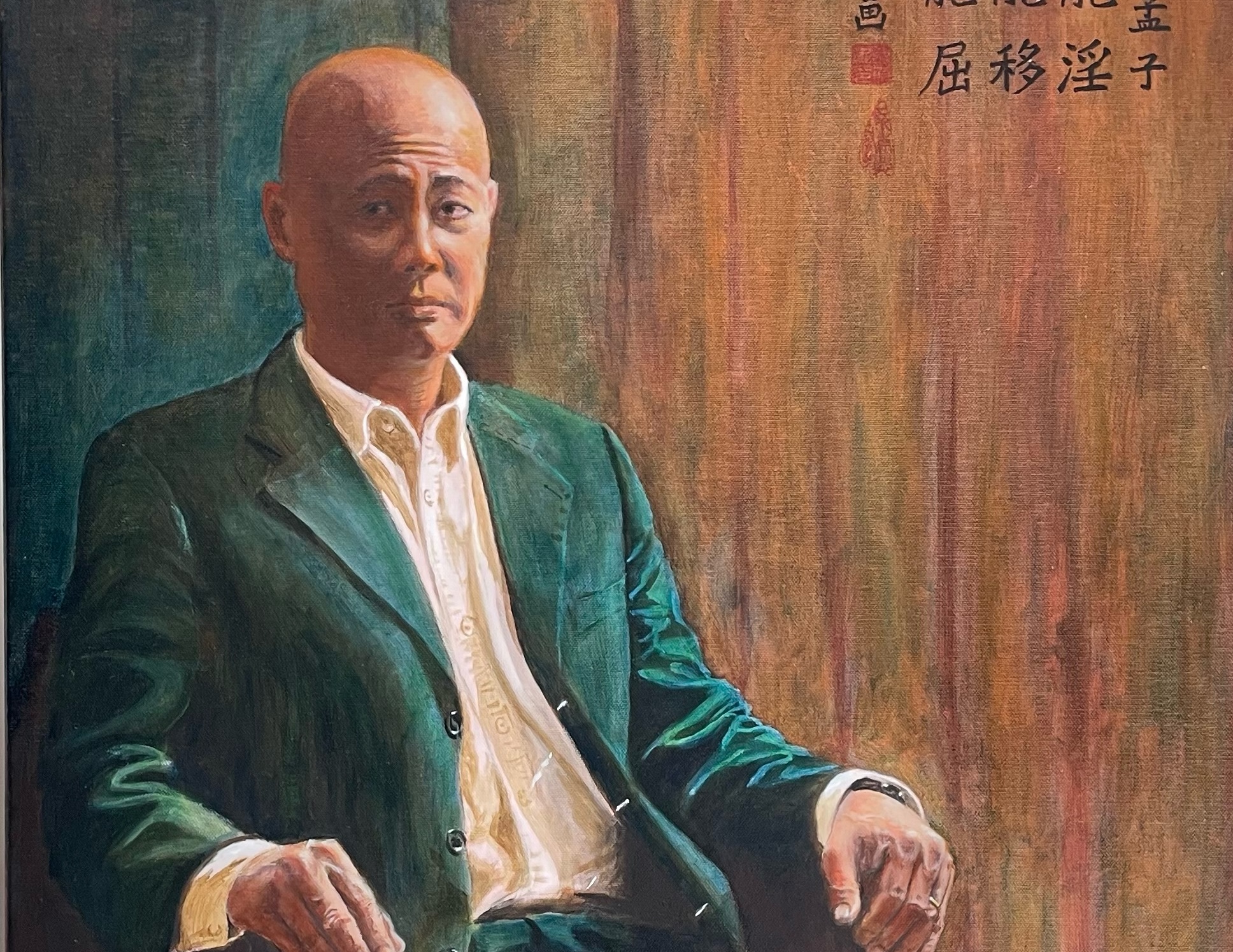
Liquid marbles, implantable electronic materials and diagnosing medical conditions with ‘micro elastofluidics’ – it sounds like the stuff of dreams. But for a renowned Griffith University researcher, an in-built nurtured creative streak means that scientific advancements such as these could very well become a reality.
, Director of Griffith’s , has been fortunate to experience a globe-trotting life on his journey to developing his research expertise in the microfluidics field.
His expertise in this field has been developed by exploring the use of novel micro and nanoscale technologies and instruments for biomedical applications such as diagnostics.
Art plays a part
In between producing highly cited research papers and being named among the top 2% of influential scientists in the world, Professor Nguyen is also an esteemed portrait artist, with his paintings exhibited in a range of galleries and art competitions in Australia.
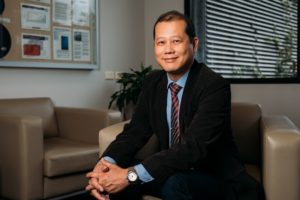
This cross-section of producing complex science and creative masterpieces suggests that the two are far removed from one another, however for Professor Nguyen the two share key similarities in terms of what they can achieve – a new way of thinking and delivering impact.
“The beauty of nature is my inspiration for a career in research,” he said.
“I was trained as an engineer but have been drawing and painting for a hobby. As a hobby painter, I express the beautiful shapes, forms, and colours with fine art. Oil on canvas is my medium.
“As a scientist, I can formulate and describe the beauty of nature with mathematics and physical laws. As an engineer, I can make this knowledge useful.
“This full circle inspires my research.”
Small science with big impact
Professor Nguyen began his life at Griffith University in 2013. In that time, he has trained 44 PhD students, five of which were awarded with ARC DECRA fellowships. He has published more than 500 journal papers and filed eight patents, of which three have been granted.

His research breakthroughs include:
- developing a method to improve the (micro-reactors) that increase the viability for applications like drug delivery and waste management;
- developing that can maintain their long-term diagnostic capability once implanted;
- organ on a chip, making functioning miniaturized models of lungs, hearts, guts, skin, brains for drug testing, making animal tests unnecessary and medical treatment individualised for every patient;
- Creating , examples of which are sensors that can withstand high temperatures and the harsh environment of space vehicles.
The 2020, 2021 and 2022 editions of the Research Special Report of The Australian recognised Prof Nguyen as Australia’s research leader in analytical chemistry, and one of the top 17 scholars in chemical and material sciences.
According to the Stanford methodology, which aims to control for confounded citation rates including over-self-citation and discipline-specific citation behaviour, his career rank is 8,115 out of the top 2% most influential scientists in the world and for the year 2021, his ranking was 3,988. As of October 2022, his works were cited over 31,000 times with an H-index of 87 (Google Scholars).
“It’s a great honour to be considered as one of the pioneers in this field of microfluidics and nanofluidics, the science and technology dealing with small amount of liquid,” Professor Nguyen said.
“Microfluidics that enables faster and more accurate diagnosis of diseases.
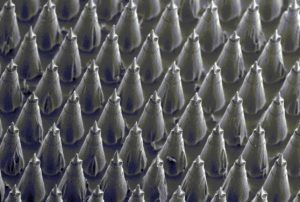
“This technology allows for precise handling of small amount of samples and reagents.
“My research has been aiming at medium-term impact and has moved from sensors for cars to shrinking down a lab onto a chip to wearable devices for health monitoring.
“I am currently focused on the implementation of mechanical stimuli in organ models on a chip. We have developed a range of cell stretching devices for mechanobiology study. Ongoing works are on skin model, skin cancer model, gut model and blood vessel model.
“Actuation concepts from micro electromechanical systems (MEMS) technology, flexible sensing devices with microfluidic 3D cell culture are our enabling technologies.
“As a complement to this fundamental research, I’ve recently established the field called ‘micro elasofluidics’ that utilises stretchability and flexibility from molecular scale to device scale. It integrates microfluidics into flexible wearable and implantable devices.
“Micro elastofluidics will be extremely useful for the development of organs on a chip.”
Global journey to now
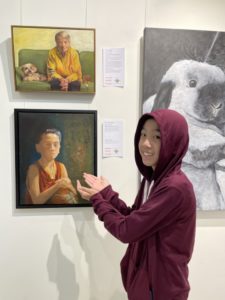
Professor Nguyen spent a decade at studying, teaching and researching in his field in Germany, at Chemnitz University of Technology.
He also enjoyed time as a post-doctoral research engineer at Berkeley Sensor and Actuator Center at the University of California.
Prior to his arrival at Griffith, he conducted his independent research for over 13 years as an Associate Professor at Nanyang Technological University in Singapore.
Juggling a young family (now grown up) between these moves around the world while still writing papers, research grant proposals, managing 60-70 people at a time, teaching and attending conferences is something that Professor Nguyen said helped instil the same perseverance and discipline needed to excel in his field of research as well as his portrait painting time and skills.
In a similar way, growing up in Vietnam during the end of the war inspired the determination to succeed, in its own way.
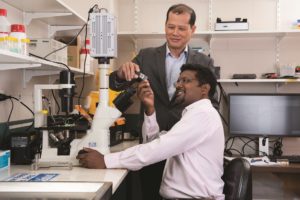
“I was 5 when the Vietnam war ended. The country was bombed to bits, the people were tired, everything was in short supply,” he said.
“In contrast to the victorious propaganda, the prices for Vietnam’s unification were hunger, rationed commodity and isolation to the world outside of the communist bloc. Even papers for printing books were rationed. I have been always a book lover and remember that I had to collect about 20 kg of old papers for recycling to exchange for a new book off the press.
“You cannot imagine the happiness of getting a new book after such a lengthy and laborious process, including transporting the recycling papers with my barely functioning bicycle across Hanoi.
“The survivor instinct from my early years makes my research focus extremely pragmatic over my career, and those experiences in turn also embed themselves into my artworks.”








